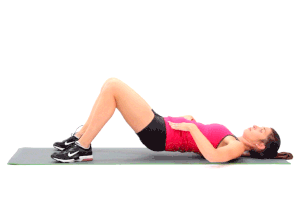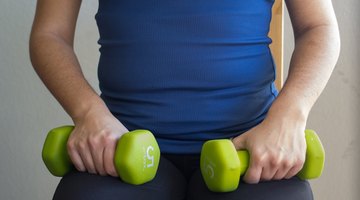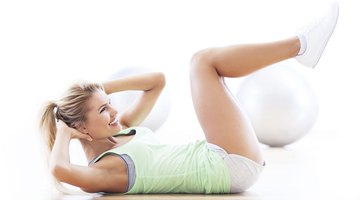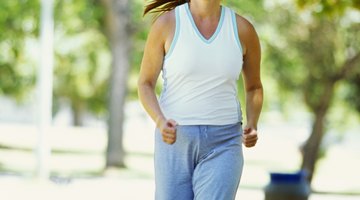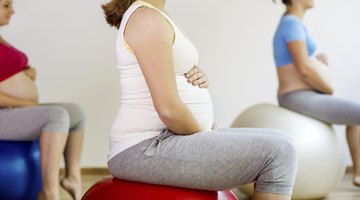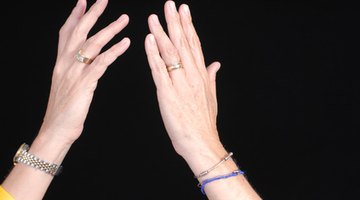Pregnancy Stretches for Rib Pain and Muscle Spasms
Pregnancy comes with wonderful surprises -- the first time you feel your baby move, for example. Some surprises, however, aren't so wonderful.
You probably expected your back to ache and your ankles to swell, but rib pain and muscles spasms may be unexpected -- and unwelcome -- surprises. Stretching may help relieve the pain. Be sure to talk to your gynecologist before you start, as she will be able to guide you to a plan of action that is best for both you and your baby.
Baby Blues
Pregnancy does a number on your body, but that's to be expected -- growing a new life is not easy.
As your body changes to accommodate your growing baby, the uterus stretches and expands, moving out of the pelvic cavity and into the lower ribcage. At this point, the ribs shift to allow the expansion to happen, and this affects the diaphragm and the chest muscles that surround the ribcage as well. These muscles may become irritated from all the shifting going on, or from the change in your center of gravity.
In addition, depending on the position of the baby, you may feel pain in the rib cage when he kicks or presses on the area. Muscle spasms and cramps in the legs are very common during pregnancy, especially in the third trimester, and they are thought to be caused by a combination of weight gain, poor blood circulation, and possibly an excess or lack of certain vitamins and minerals.
Create Some Space
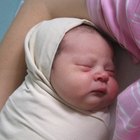
Exercising With Sore Knees After Pregnancy
Learn More
Stretching helps to create space in the ribcage and can relieve some of the stiffness that may be occurring in the diaphragm and chest muscles. Lift the ribs and diaphragm off the uterus and give the baby some space by doing a simple stretch. Stand about 15 inches from a wall, facing the wall. Then, lift your arms and cross your forearms in front of you in the shape of an "X." Lean forward and place your crossed forearms on the wall in front of you.
Slide them up the wall as far as you can go, trying to get them above your head. Then, hold that position for as long as you can, releasing it when you begin to feel uncomfortable.
Stretch the Chest
Stretching your chest muscles can help reduce the likelihood of spasms and cramps near the ribcage. Stretching also helps improve circulation. To gently stretch the muscles in your chest, stand in an empty doorway and grab each side. Your hands should be at shoulder level and slightly bent.
Then, carefully lean forward until you can feel the pull in your chest.
When you feel the pull, stop and count to 10 or 20, depending on how comfortable you feel. Then, release the position, breath a few moments, and repeat the stretch and release four more times.
Soothe Leg Pain

Exercises for SPD After Birth
Learn More
Sadly, spasms and cramps in the legs are most common when you're trying to get some sleep.
When spasms strike, relieve the pain by flexing your feet -- point your toes and then bring them back towards your shin. In addition, do some stretching exercises before you go to bed, as this can help prevent leg muscle spasms and cramps. Stand about two feet from a wall, facing it.
Place your hands flat against the wall, and then lean forward, but keep your heels down on the floor.
Hold this position for 10 seconds, and then let it go for a count of five. Repeat the stretch two more times.
If you experience pain or muscle spasms that are severe, last for a long time or make you feel as if you can't catch your breath, see your physician as soon as possible.


